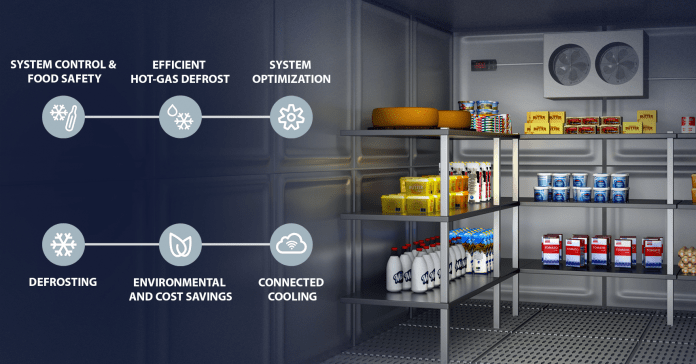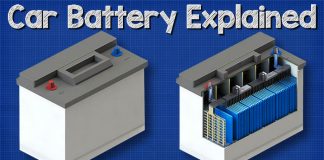Cold room storage needs a major upgrade. Inconsistent temperatures and unnecessary complexities are resulting in significant amounts of food spoiling on the way to the store or going to waste before customers can buy it. These losses add up quickly, both in terms of hungry people and lost revenue.
Keeping food cold takes a lot of energy, time, and know-how. Worldwide, more than 17% of all electricity is used to power cooling applications, according to the IRR. Store employees are required to check and maintain the temperature of cold rooms; increasing the risk of user error and reducing the amount of time spent serving customers. New solutions are needed to reduce energy use and save time — and that’s where the know-how comes in.
Harnessing the power of the Cloud
Smart cold rooms are the future of food storage. A cloud-based energy management system enables any supermarket to optimize its energy-use based on factors such as real-time energy price fluctuations, external temperature, and grid demand. When combined with other IoT systems, they contribute to energy savings of up to 50% and reduce the impact on the environment. All while keeping food fresh and delicious.
Here’s how a smart cold room system works:
An electronic expansion valve helps cold rooms reach optimal superheat quickly and ensures the precise injection of refrigerant into the evaporator — leading to higher performance, lower energy consumption, and better-quality food products. By continuously matching load fluctuations, variable speed compressor technology can further reduce energy usage while maintaining temperature and humidity.
Electronic controllers can monitor and regulate temperature, defrosting, doors, and fan operation to make the entire system more efficient. When linked together by a central monitoring system, they allow store owners to receive alarm notifications, track energy use, and adjust settings remotely. All of this can be done in real-time using a smartphone, tablet, or web portal, reducing product loss due to temperature changes or system failure.
All of these functions combine to help cold room owners comply with regulations, optimize energy use, and lower their power bill. And it saves their employees’ time and all but eliminates the risk of user error, since staff is no longer required to manually check each cold room.
Smart cold rooms in action — Maxol service stations
This solution isn’t just wishful thinking — it’s been a viable option for several years now and proven in real-life scenarios. One such example is with Maxol Group, a family-owned company with 230 service stations throughout Ireland.
Working together with Danfoss and Cross Group, Maxol implemented a total store solution, improving customer experience, food safety, HACCP compliance, and energy efficiency. They even won an IRI Energy & Environment award for showing a track record of reducing environmental impact and achieving significant energy savings. You can read their full story here.
The future of cold rooms is smart
The smart cold room revolution is at hand, and it’s going to change the world of food as we know it. Store owners will save money, less food will be lost or go to waste, and more people will be able to get fresh, healthy food home to the dinner table.
You can learn more about smart cold room solutions available today at coldroom.danfoss.com















